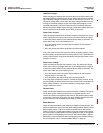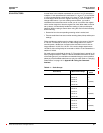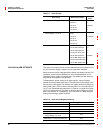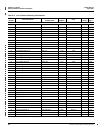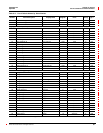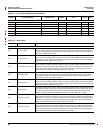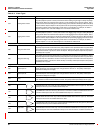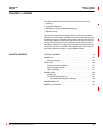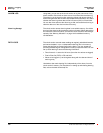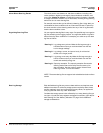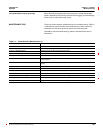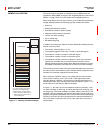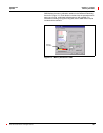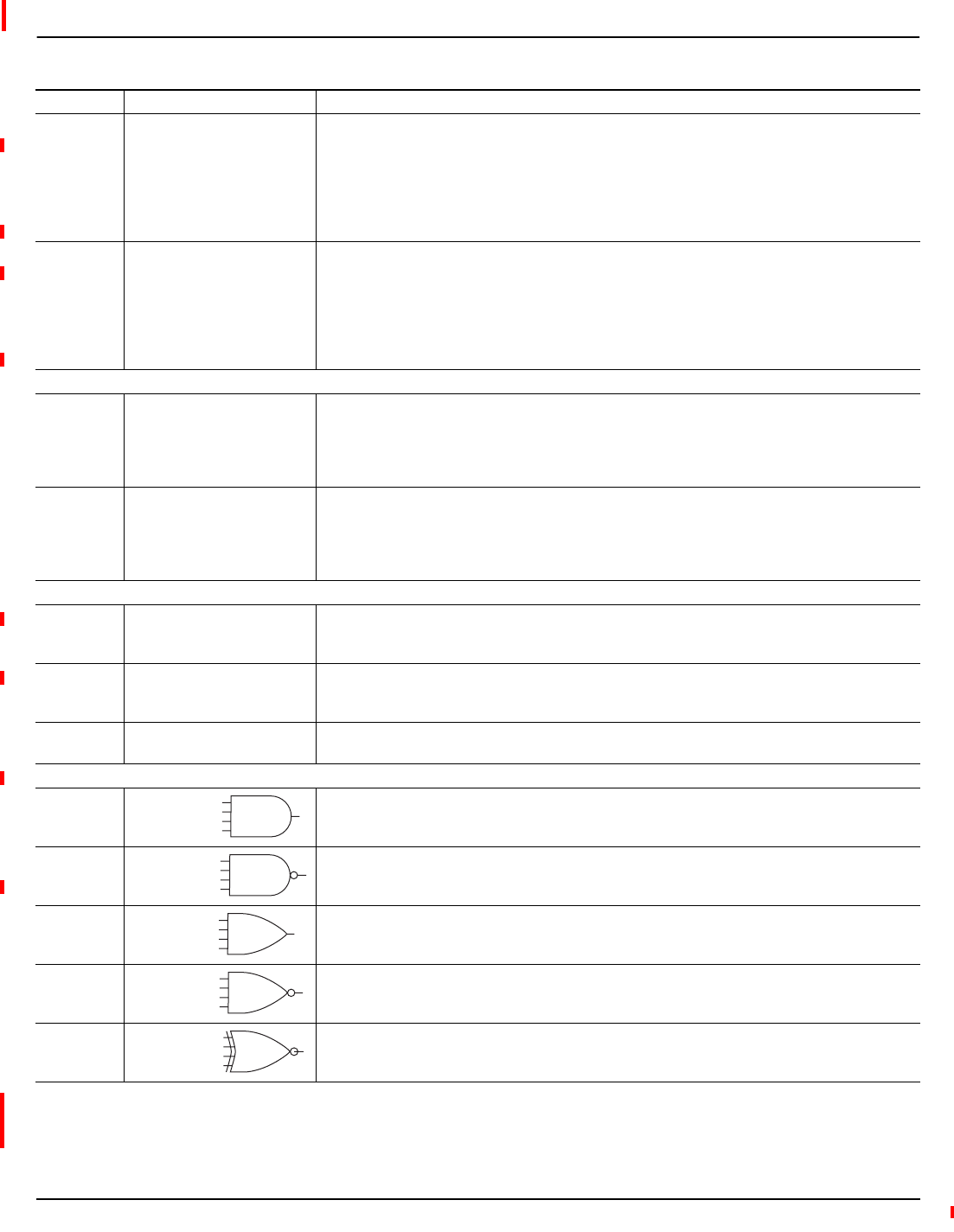
Chapter 6—Alarms 63230-300-212
Alarm Conditions and Alarm Numbers April 2001
© 2001 Schneider Electric All Rights Reserved
98
054 Leading Power Factor
The leading power factor alarm will occur when the test register value becomes more leading than
the pickup setpoint (closer to 0.010) and remains more leading long enough to satisfy the pickup
delay period. When the value becomes equal to or less leading than the dropout setpoint, that is
1.000, and remains less leading for thedropout delayperiod, the alarm will dropout.Both the pickup
setpoint and the dropout setpoint must be positive values representing leading power factor. Enter
setpoints as integer values representing power factor in thousandths. For example, to define a
dropout setpoint of 0.5, enter 500. Delays are in hundreds of milliseconds.
055 Lagging Power Factor
The lagging power factor alarm will occur when the test register value becomes more lagging than
the pickup setpoint (closer to –0.010) and remains more lagging long enough to satisfy the pickup
delay period. When the value becomes equal to or less lagging than the dropout setpoint, that is.
1.000 and remains less lagging for the dropout delay period, the alarm will dropout. Both the pickup
setpoint and the dropout setpoint must be positive values representing lagging power factor. Enter
setpoints as integer values representing power factor in thousandths. For example, to define a
dropout setpoint of –0.5, enter 500. Delays are in hundreds of milliseconds.
Disturbance
080 Voltage/Current Swell
The voltage and current swell alarms will occur whenever the continuous rms calculation is above
the pickup setpointand remains above thepickup setpoint for the specified number of cycles. When
the continuous rms calculations fall below the dropout setpoint and remain below the setpoint for
the specified number of cycles, the alarm will dropout. Pickup and dropout setpoints are positive
and delays are in cycles.
090 Voltage/Current Sag
The voltage and current sag alarms will occur whenever the continuous rms calculation is below
the pickup setpoint and remains below the pickup setpoint for the specified numberof cycles. When
the continuous rms calculations rise above the dropout setpoint and remain above the setpoint for
the specified number of cycles, the alarm will drop out. Pickup and dropout setpoints are positive
and delays are in cycles.
Digital
060 Digital Input On
The digital input transition alarms will occur whenever the digital input changes from off to on. The
alarm will dropout when the digital input changes back to off from on. The pickup and dropout
setpoints and delays do not apply.
061 Digital Input Off
The digital input transition alarms will occur whenever the digital input changes from on to off.The
alarm will dropout when the digital input changes back to on from off. The pickup and dropout
setpoints and delays do not apply.
070 Unary
This is a internal signal from the circuit monitor and can be used, for example, to alarm at the end
of an interval or when the circuit monitor is reset. The pickup and dropout delays do not apply.
Boolean
100
Logic AND
The AND alarm will occur when
all
ofthecombinedenabledalarmsaretrue(upto4).Thealarm
will dropout when
any
of the enabled alarms drops out.
101
Logic NAND
The NAND alarm will occur when
any, but not all,
or
none
of the combined enabled alarms are true.
The alarm will dropout when
all
of the enabled alarms drop out, or
all
are
true
.
102
Logic OR
The OR alarm will occur when
any
of the combined enabled alarms are true (up to 4). The alarm
will dropout when
all
of the enabled alarms are
false
.
103
Logic NOR
The NOR alarm will occur when
none
of the combined enabled alarms are true (up to 4). The alarm
will dropout when
any
of the enabled alarms are
true
.
104
Logic XOR
The XOR alarm will occur when
only one
of the combined enabled alarms is true (up to 4). The
alarm will dropout when
the enabled alarm drops out
or when more than one alarm becomes
true
.
Table 6–4: Alarm Types
Type Description Operation



